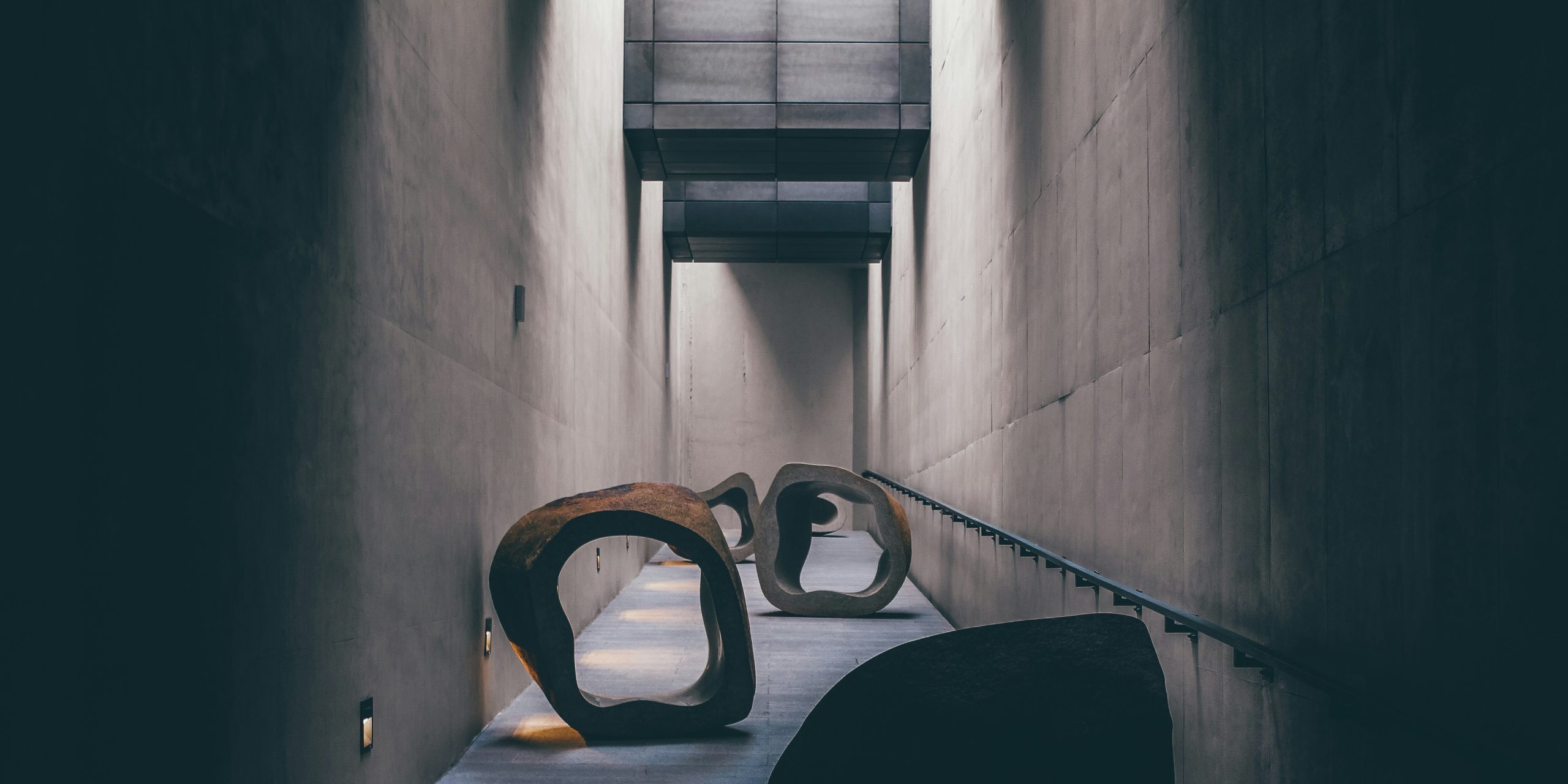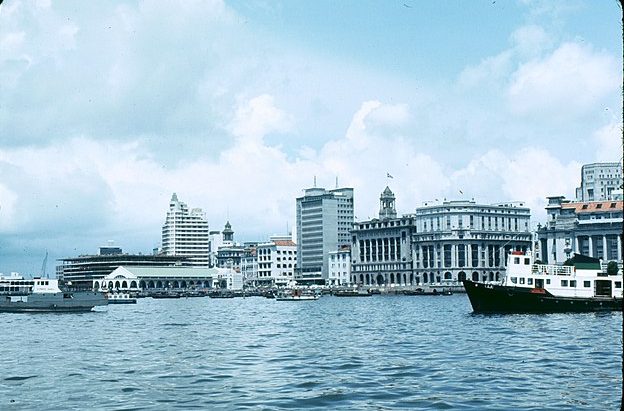Reading Lists
7 Books About the Chinese Exclusion Act
Literature that examines the impact of the 1882 law that restricted Chinese migration to the United States

Up until my early 20s, I had never heard of the Chinese Exclusion Act. I remember taking classes on Mississippi history during my childhood in Oxford, then Texas government, and later the story of the Alamo during my teenage years in Austin. Our history textbooks were heavy and thick, always a pain to take home. Still, for all their pages, they never discussed that period of history when an entire group of people was barred because of the threat they posed to white labor and racial purity. It wasn’t until I took an intro to Asian American studies course in my senior year of college that I was introduced to that significant moment of American history: in 1882, President Chester A. Aurthur signed into law the Chinese Exclusion Act (then known as the Chinese Restriction Act), which banned Chinese laborers from entering the country for ten years.
In my debut novel, Four Treasures of the Sky, Daiyu, the 13-year-old narrator, is kidnapped from her home in Zhifu, China and smuggled across the Atlantic Ocean, where she is sold to a brothel in San Francisco. From there, Daiyu journeys to Idaho, hoping to find her way back home. It is not just the physical journey that stands in her way, however—Daiyu is in America at the height of anti-Chinese sentiment, arriving just on the heels of the 1882 Chinese Exclusion Act. It is this pervasive hatred, this revulsion of the “moon-eyed heathen,” that poses the greatest threat to her return—not the wilderness nor the cold of winter.
The Chinese Exclusion Act is not a singular moment of anti-Chinese action in our history. Years before, for example, came the Page Act, which indirectly banned Chinese women from entering, thus contributing to the lopsided demographics of Chinese immigrants for years to come. Decades before that was People v. Hall, which ruled that the Chinese—following precedence from Section 394 of the Act Concerning Civil Cases—were not allowed to testify against white citizens in court, claiming they were “a race of people whom nature has marked as inferior.” When examining the legacy of the Chinese Exclusion Act, we must also consider what came before as well as what came after, and the ugly culmination of violence and legislative escalation that leads us to where we are today.
These seven books that follow were instrumental to me during my time writing Four Treasures, illuminating the experiences of Chinese immigrants before, during, and after the Chinese Exclusion Act.
The Celestials by Karen Shepard
In June of 1870, seventy-five Chinese laborers arrived in North Adams, Massachusetts to work as unwitting strikebreakers in Calvin T. Sampson’s shoe factory. What follows is The Celestials, Karen Shepard’s reimagining of this real event, dubbed Sampson’s “Chinese experiment.” As tensions continue to increase between the newly arrived Chinese and the white townspeople and laborers, Charlie Sing, the only English speaker among them, falls in love with Sampson’s wife and fathers her child. Written in Shepard’s breathless prose, The Celestials highlights with tenderness and compassion a time when assimilation, identity, and yearning were constant questions for early Chinese immigrants.
Driven Out: The Forgotten War Against Chinese Americans by Jean Pfaelzer
“Surely the term expulsion doesn’t fully represent the rage and violence of these purges. What occurred along the Pacific coast, from the gold rush through the turn of the century, was ethnic cleansing. The Chinese called the roundups in the Pacific Northwest pai hua–the Driven Out.”
Only a few pages into Jean Pfaelzer’s Driven Out, the reader may find themselves feeling overwhelmed by the sheer number of anti-Chinese events that occurred through the West in the 19th century. It is difficult to swallow, even more difficult to look away. Pfaelzer’s carefully researched book is rife with story after story of more than 300 communities that were rounded up and purged by both citizens and politicians in what Pfaelzer describes as “an ethnic cleansing in California and the Pacific Northwest.”
The Chinese Must Go: Violence, Exclusion, and the Making of the Alien in America by Beth Lew Williams
“What made anti-Chinese violence distinct was its principal intent, together with its method and result. The intent was exclusion.”
Beth Lew-Williams’ The Chinese Must Go provides a sweeping view of how American immigration policies incited hundreds of instances of anti-Chinese violence in the West. Chinese expulsion and exclusion, Lew-Williams argues, produced the concept of the “alien” in modern America. This book is a foundational text for anyone who seeks to understand how Asian-America’s status as “perpetual foreigners” derived its roots from the idea of the constantly alien Chinese.
“With time, Chinese exclusion because Asian exclusion as policies first practiced on the Chinese provided a blueprint for laws targeting Japanese, Korean, South Asian, and Filipino migrants in the early twentieth century.”
China Men by Maxine Hong Kingston
Considered the companion and sequel to Maxine Hong Kingston’s acclaimed book The Woman Warrior, China Men pays homage to three generations of Chinese male ancestors in Kingston’s family. There’s her great-grandfather Bak Goong, a worker on the sugar plantations in Hawaii; her grandfather Ah Goong, one of the 15,000 Chinese laborers who helped build the Transcontinental Railroad; her father Baba, owner of a gambling house; and her unnamed brother, who fights in the Vietnam War. The book mixes Kingston’s known and unknown family history while placing it against the legal and social history of the Chinese in America, exploring that in-betweenness that so many children of immigrants know all too well. Fittingly, the book places The Laws, a list of U.S. immigration laws affecting the Chinese, at its center.
Unbound Voices: A Documentary History of Chinese Women in San Francisco by Judy Yung
“As a second-generation Chinese American woman from San Francisco Chinatown,” Professor Emeritus Judy Yung writes in the introduction to her book, “I grew up in the 1950s with very little understanding of my own historical background.”
What follows is Yung’s brilliant collection of primary documents centering Chinese American women in San Francisco. Spanning the Gold Rush through World War II, these photographs, letters, essays, poems, autobiographies, speeches, testimonials, and oral histories (Yung conducted 274 oral interviews) give these women a chance to tell their own stories, offering a necessary view into the diverse lives and experiences of Chinese American women in America.
Island: Poetry and History of Chinese Immigrants on Angel Island, 1910-1940 edited by Him Mark Lai, Genny Lim and Judy Yung
From 1910 to 1940, the federal government detained thousands of immigrants at Angel Island Immigration Station in San Francisco Bay. The majority of Chinese immigrants who journeyed to the United States were held there, subject to demeaning physical exams, interrogations, and long detentions. The goal? To uphold the exclusion laws that kept Chinese out of the country.
The walls of Angel Island became filled with poetry carved by the detained: poems that echoed their despair, anger, and hope. Initially discovered in 1940, these calligraphic poems are a stark reminder of what it meant to be Chinese in America at the beginning of the 20th century.
First self-published in 1980 (according to Yung, “no publisher at the time believed the subject matter marketable enough to be valuable”), Island eventually found its home at the University of Washington Press for its second edition printing, which includes 150 annotated poems in Chinese and English translations as well as photographs from public archives and family albums.
The Fortunes by Peter Ho Davies
In four distinct sections, Peter Ho Davies presents the lives of four generations of Chinese Americans (three of which are real figures) and interrogates what it means to be a stranger in your home, in a land that refuses to call itself your own. We meet Ah Ling, who is struggling to carve his way in 1860s California; Anna Mae Wong, the first Chinese movie star in Hollywood; Vincent Chin, a young Chinese American killed in 1982 by a pair of Detroit auto workers for looking Japanese; and John Ling Smith, a half-Chinese writer who hopes to adopt a baby girl in China. Spanning 150 years, this unique novel examines pivotal moments of Chinese American history and the ways in which anti-Chinese and anti-Asian racism have haunted the lives lived (and extinguished) along the way:
“This was the season of the sandlot riots, of The Chinese Must Go! The Chinese might have physically united the country by building a railroad across it, but now they were uniting it in another sense, binding the quarreling tribes of Irish and English, French and Germans, Swedes and Italians together against a common enemy.
We made them white, Ling thought.”









